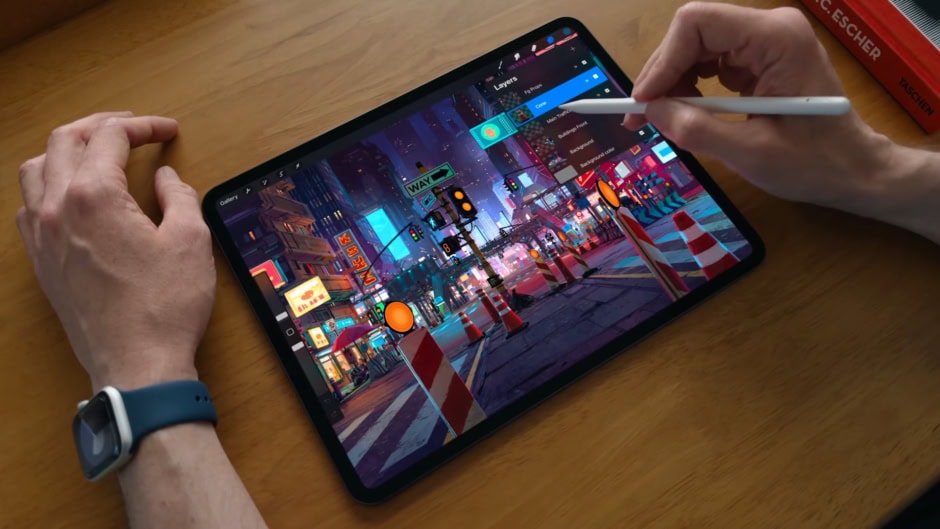Apple’s latest iPad Pro lineup showcases advanced Tandem OLED panels, supplied mainly by LG Display. For years, LG has been urging Apple to adopt Tandem OLED displays for iPhones, hoping to secure a stronger foothold in the smartphone market.
While Apple has not agreed yet, industry insiders believe change could be on the horizon. Reports suggest that future iPhones, possibly the 2028 models or even the iPhone 20 series, may finally feature this technology.
Apple has not confirmed any move toward Tandem OLED for iPhones. However, the potential shift carries major implications for LG. If Apple chooses this path, LG could either become the exclusive display supplier or significantly increase its share against Samsung Display, Apple’s current primary partner. With 348 U.S. patents in tandem with OLED technology, LG is clearly positioned to benefit from such a decision.


Tandem OLED panels stack two OLED layers together instead of using one. This structure boosts brightness, improves power efficiency, and enhances overall display lifespan. The technology also addresses one of the biggest challenges in OLEDs, blue subpixel degradation.
Interestingly, Apple may not go for a full tandem setup. Instead, it is reportedly considering a “simplified tandem” design, where only blue subpixels use two layers, while red and green remain single-layered. This approach reduces costs but still offers improved durability.
If Apple embraces the change, it could mark a major leap in iPhone display technology. For LG, it would be a hard-won victory against Samsung, and for consumers, it could mean brighter, longer-lasting, and more efficient iPhone screens.
